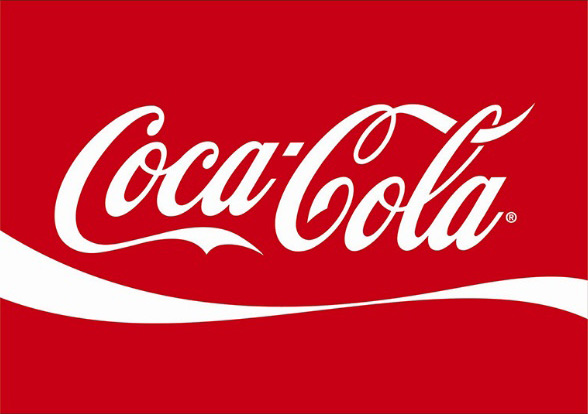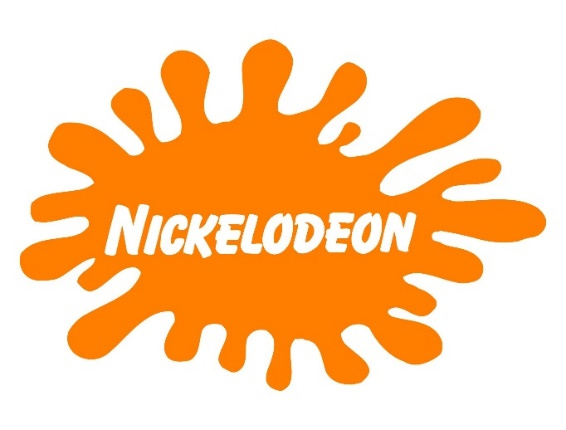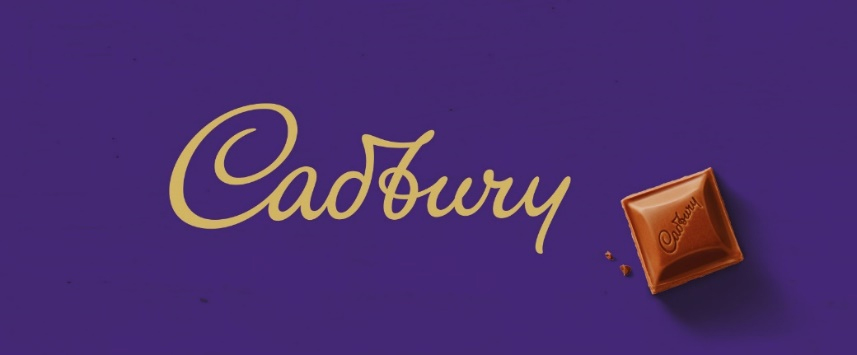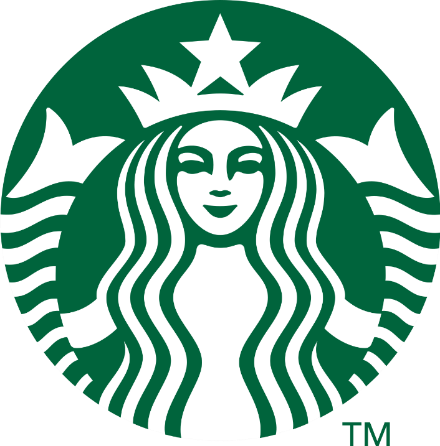Colors describe us and the world that we live in. The moment you opened your eyes, it already plays a huge part in your life. From the colorful toys you had when you were young, the red dress or polo shirt you wear whenever you celebrate your birthday, the interiors of some homes adapting the color of the year for luck and prosperity, or the color simply adjusts depending on your mood.
You might ask, how does this relate to business? Since you as an aspiring business owner can choose neon pink for your company’s color just because it’s your favorite color. Who cares what others think, they are not the ones running the company right? Wrong. It doesn’t work that way. Alongside running a company, you also get bills to pay. Unless you have a genie that grants you a wish to have unlimited money to not give much thought about negative ROIs, clients can help keep your company running. Otherwise, you’ll be overflowing with debts. Clients are significant to the success of your business. So, it’s of importance that you learn to connect with them. In this case, not only on a personal level but also through colors. How do we do this? By connecting the color theory to your company’s brand identity
The color theory explains how we discern color. For today’s blog, let’s focus on its emotional equivalence. The meaning behind each color varies:

PASSIONATE RED
Red represents excitement, love, passion, or danger. Brands like Coca cola are usually into this color to establish dominance among its competitors and a youthful aura. If these are some of your company’s goals, this is the color for you.

VIVACIOUS ORANGE
Orange depicts creativity, friendliness, energy, or confidence. Brands like Nickelodeon, and Fanta, make use of this color to symbolize a creative and energetic culture. If your company screams those definitions, orange is your color.

Source: facebook.com/CadburyDairyMilkAustralia/
NOBLE PURPLE
Purple exemplifies royalty, power, or suppression. Cadbury and Milka are one of the many brands that use purple to emphasize the sweet but luxurious taste of their chocolates. If your company intends to place luxury at the forefront of your products and services, consider using purple. Who knows the Queen might just be your next client.

DEPENDABLE BLUE
Blue denotes intelligence, security, communication, or coldness. This is a common color among the financial sectors like BDO and Metrobank, or anything that promises secured, and reliable services. If this is how you want people to perceive your company, add a little touch of blue to your brand identity.

HARMONIOUS GREEN
Green illustrates nature, money, peace, or stagnation. This color is being used by brands like Starbucks to build a sense of balance and harmony among their employees and clients. If this is your intention and goal, go for green.
Well, I guess that’s it for now. We’ve covered the color theory and its emotional connection to people and brand identity. Till our next blog!
